The Hicc-Story of Brewing Beer
One of the products that Reading was famous for in the past was beer. Although not a great accompaniment to Huntley & Palmers biscuits, the beer came from another industrial giant of the nineteenth century, Simonds Brewery. Inspired by the story of Simonds, in this blog Collections Researcher Nic Minney examines the history of brewing, from the ancient past to the present day. Whether you are a beer drinker or not, please join Nic as she explores the story of beer.
When I was asked to research the history of brewing, I approached it with the dedication and commitment that I research all my blogs. What kind of things can be brewed? Tea, Potions, apparently there is something called a ‘Cold Brew’?
But finally I settled on beer. From photos in our collection of the country pub, objects dedicated to the scientific art of beer brewing, not to mention the annual migration of hop pickers to the South East Coast – there is much to be said about the history of brewing beer.
I also maybe tried just a teeny, tiny bit here and there to make sure I totally understood the concept of beer. I promise I didn’t dip into the unopened bottles you might find in our Collections (mostly because they would be incredibly stale at this point).

Ancient History
Beer is so old, it’s older than your dad and he’s proper old. You can find evidence of beer drinking as far back as Ancient Egypt. It was a drink for everyone, enjoyed by the poor and wealthy alike (cheers to that) and both adults and children would be encouraged to drink beer instead of water, which was often a fairly dangerous drink before the awareness of the sterilisation process. But don’t worry, the beer they drank had a much lower alcohol content than we know today!
In fact, so important was beer to Egyptian society, that workmen were paid in beer rations, and the festivals of Bast, Sekmet and Hathor involved a lot of beer drinking as part of the celebrations. The Egyptians even had a Goddess of Beer, named Tjenent. It was also noted that beer brewing was traditionally a female activity – what babes!
Beer in England
As time moved on, beer drinking became most popular with Northern and Western Europeans, and here I remind you of stories of Anglo-Saxons whose idea of heaven was to drink with top god Odin, with the container of choice being the skulls of their enemies. I’m going to pause here for a minute to think about Chris Hemsworth as Thor…. Yeah he’s good looking but actually I prefer Captain America if I’m being honest….
Anyway…. beer.
Research would suggest that there were similar drinks around in the early days of England such as mead and ale which were very popular, but by the Middle Ages beer was the drink of choice for literally everyone. The poor drank the worst beer and the rich drank the best. In a poem about a legend called Piers Plowman, written by W. Langland, he suggested that the ‘browner the beer, the better’. What an absolute banter machine that guy was.

Langland also brought attention to the woes of a drinker in these times. The first issue would be that should a customer find their powers of observation hindered by their previous drinks, the less likely the next drink would be what they actually ordered. The second problem would be measures of alcohol. Some of the worst bartenders would put thick pitch in the bottom of their tankards, so even if you ordered a pint, you would get considerably less!

In the Tudor times, beer was so important and simple to make that every rich household had a micro-brewery, and much like Ancient Egypt it was very much under the control of the lady of the house who was known as ‘Ale-Wife’. If you were to have a look at the Assizes (local court records) for the 16th-18th Centuries, you would probably find a lot of ale-wives in there, facing punishments such as the pillory or fines. This was because beer had a price limit, and anyone who sold beer for more than the official price would be punished. It often turned out that richer families would be slapped with a fine, whilst poorer women would be put in the stocks (and received a fine as well). Some other records talk about women being dunked in cold rivers (like in witch trials) if they sold bad tasting beer. I mean we’re disappointed, but not surprised at this point, right?
Fast-forward to the 18th century and we find that the home brewer has mostly died out in favour of commercial breweries such as Guinness, Whitbred, Charrington and Simonds of Reading. This was most likely due to endless taxes on hops and beer production in general which would have been too much for the home brewer to afford.
The ingredients for a good night out…
So what do you need to make the perfect pint? Apparently, you only need four ingredients and some science…
The first thing you need is barley. Britain’s brewers use more the 700,000 tons of barley a year. You take the barley and let it germinate by soaking it in water. Once it starts to grow you absolutely must stop it from germinating by taking it out of the water and drying it out in hot air. You should now have some malt barley. Depending on what you do next you can use the malt to make beer, whiskey or even MALTESERS, I’m not even joking, I swear to you. We’ll stick with beer for now, but if you guys want to try making Maltesers in future seriously just let me know and I am there. The malting process also produces starch, which provides the beer with some much-needed sweetness.
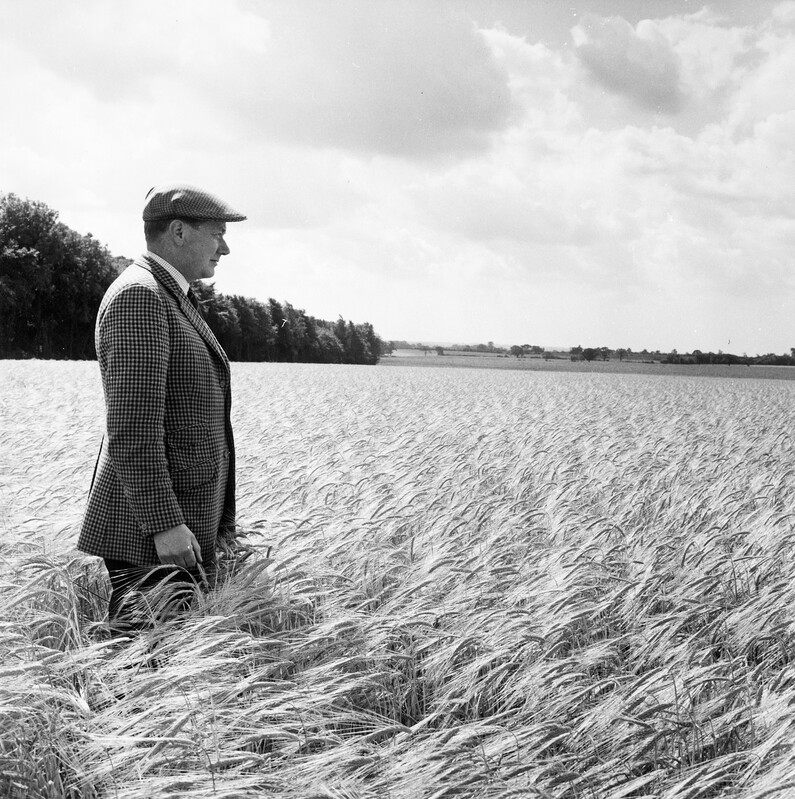
1 ton of malt would make 54 barrels of beer………… 54 barrels of beer on the wall, 54 barrels of beeeeeer….
Ok, did you know 93% of beer’s weight is water (which I think is a con and we should go up and get our money back). The geology of an area affects the minerals found in local water supplies, which will actually affect the flavour of beer, which is pretty cool so maybe we can let them off. For example, the waters of Burton in England contain gypsum, which benefits making pale ale to such a degree that brewers of pale ales will add gypsum to the local water in a process known as Burtonisation.

Next we need some hops. Hops are delicate flowers that do some serious heavy lifting when it comes to a pint. They provide bitterness, flavour and stability (sounds like my perfect man). Hops grow like crazy, and are planted in long lines, with strings guiding the plant skywards.
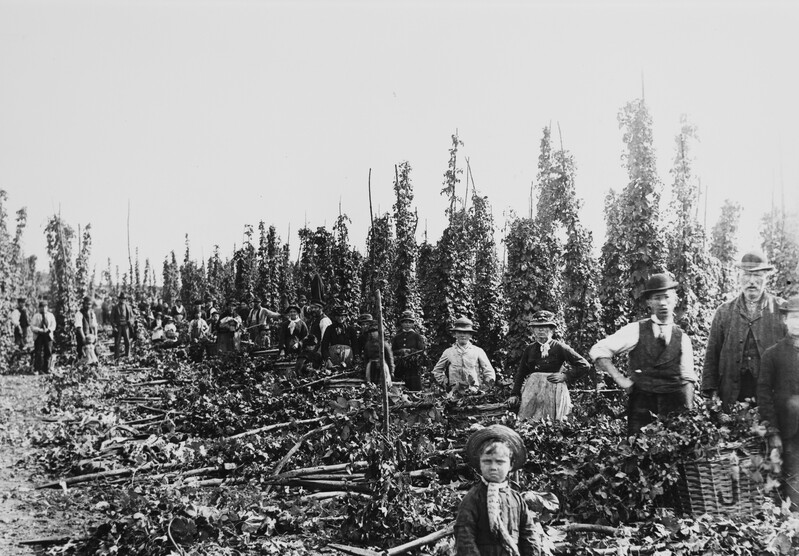
Once harvested, the brewer looks to shake the hops up to release a yellow powder containing essential oils. These oils contain that (apparently) desirable bitterness people seem to like in their beer. Sidenote – why do people like bitter drinks?
Hops are a fairly new addition to brewing, only being considered vital around 250 years ago. In the days before hygiene standards, most beer had something in it that was infected or sour, yuuuummmm. So brewers added herbs and spices including hops to disguise the frankly disgusting taste of whatever was being served. Sidenote – how have we survived this long? It soon became clear that beer with hops in it lasted longer and tasted better. Brewers took advantage of this, and hops became a vital addition to the brewing process.
Historically many families from cities, especially those from the East End of London would travel to the hop fields of Kent to pick hops during the summer months. This would provide inner city families a chance to earn some extra money whilst having something of a holiday. The work would involve all the family including the children.
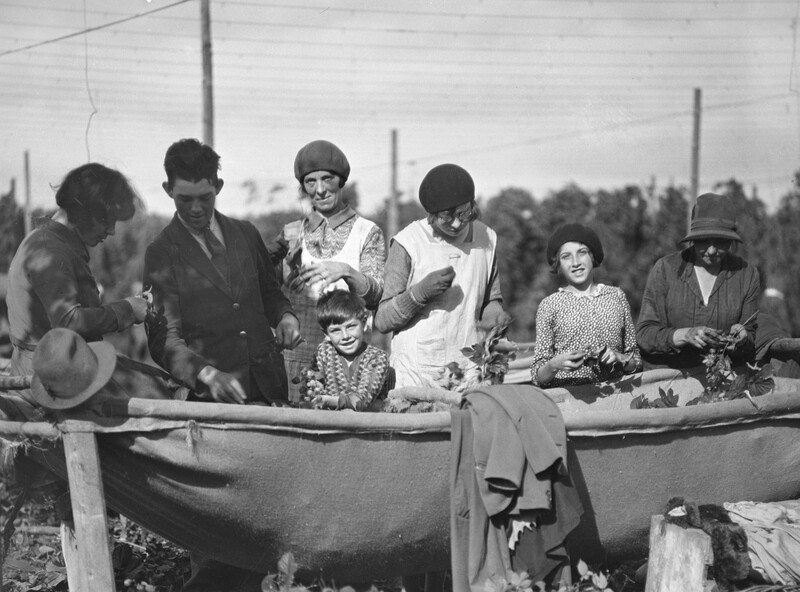
This last bit is absolutely wild. To this mix of malt barley, water and hops you add a teeny tiny fungus called yeast. Literally it’s so teeny. You would need twenty billion yeast cells to weigh one gram. Insane. Anyway, the thing yeast loves more than anything is starch and sugar so it basically has the best day of its life to the point where it carbonates the water and turns the drink alcoholic. What a guy!
And that’s basically it.
Inside the Factory?
Consider this segment my audition to host Inside the Factory, where I expertly repeat things that other people have explained to me…
When the malt arrives at the brewery it is crushed in a mill and turned into something called grist. This is then mixed with water and ‘mashed’ at a carefully controlled temperature. This mix is then added to a ‘tun’. This is where the malt mixture develops into starch, creating a sugary liquid known in the biz as ‘wort’.
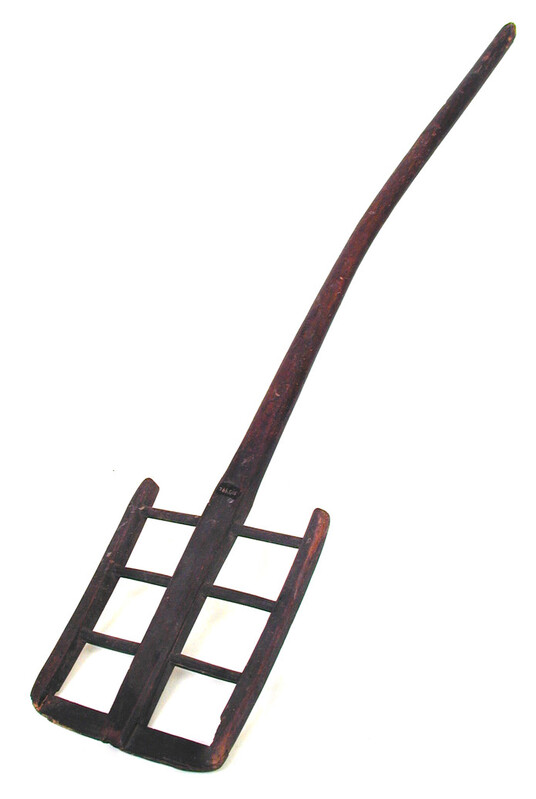
The ‘wort’ is then dropped into a boiling pot called a copper. Here you add the hops and any extra sugar needed (depending on your beer). This process extracts the bitterness from the hops and sterilises all the ingredients to make sure it is safe to drink.
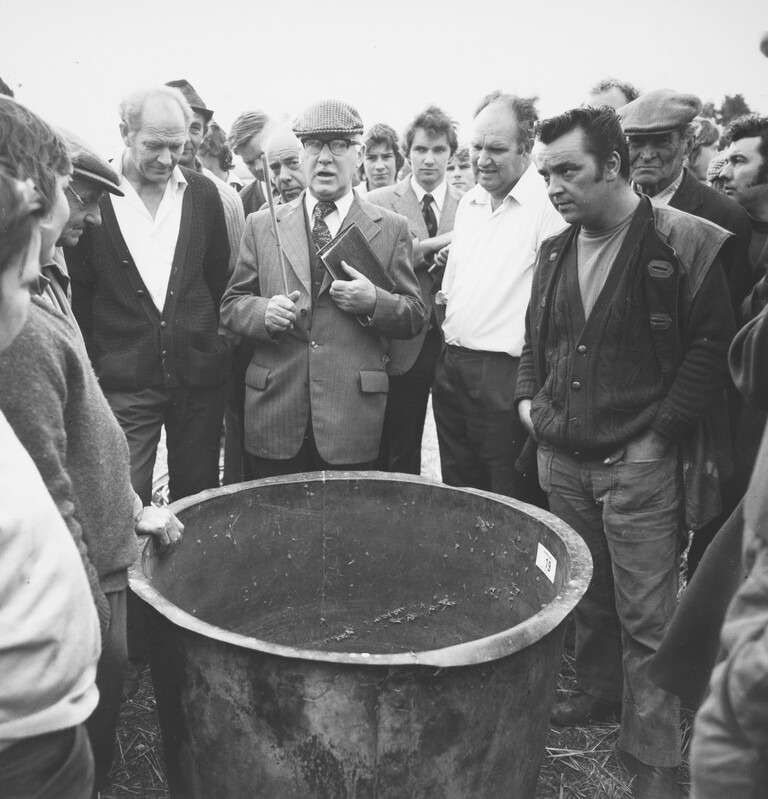
After a couple of hours, the liquid is filtered and cooled, ready for our little yeast guy to work his magic in the ‘fermenting vessel’. After 4-8 days the beer is fizzing away and it’s moved to conditioning tanks where the brewer will either put it into kegs or bottles.
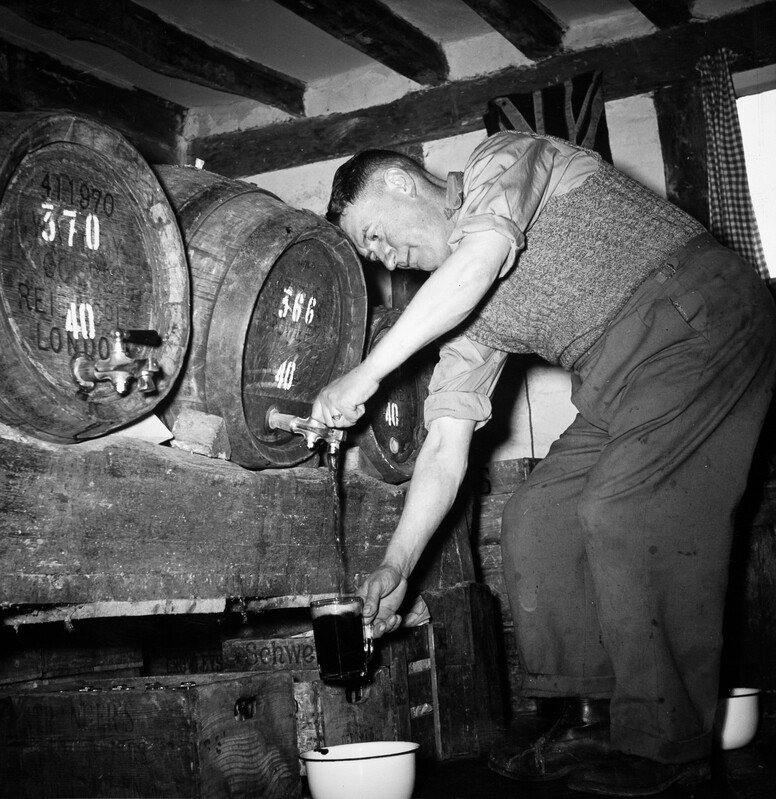
Move over Greg Wallace, I absolutely nailed that!
And there we have a brief and delicious introduction to the hicc-story of brewing. So if you’re heading to the pub this weekend, as you raise your pint, amaze people with your incredible knowledge of what has gone into it!
Further Reading
Mathias, P. (1959) The brewing industry in England, 1700-1830 Cambridge : University Press
